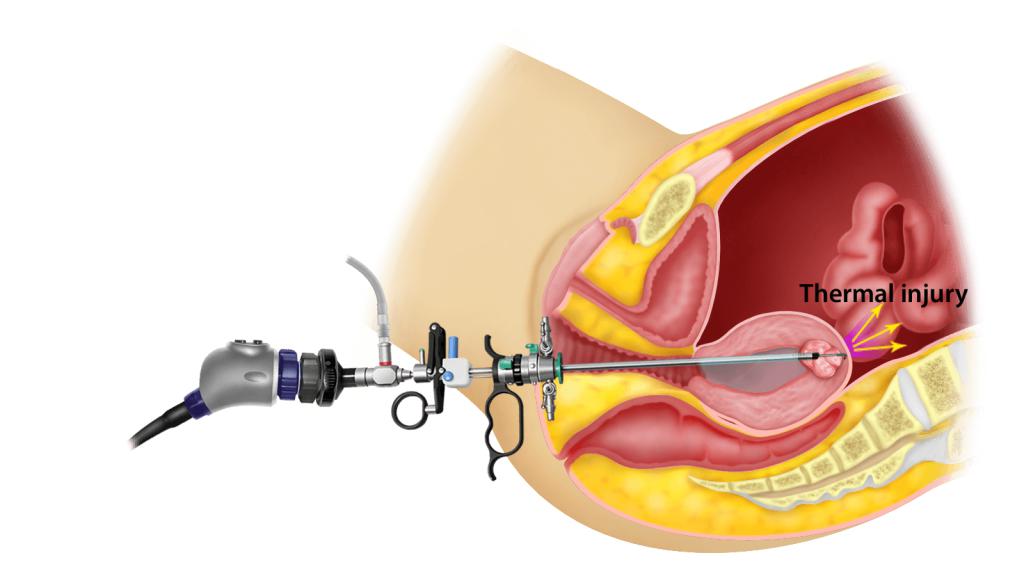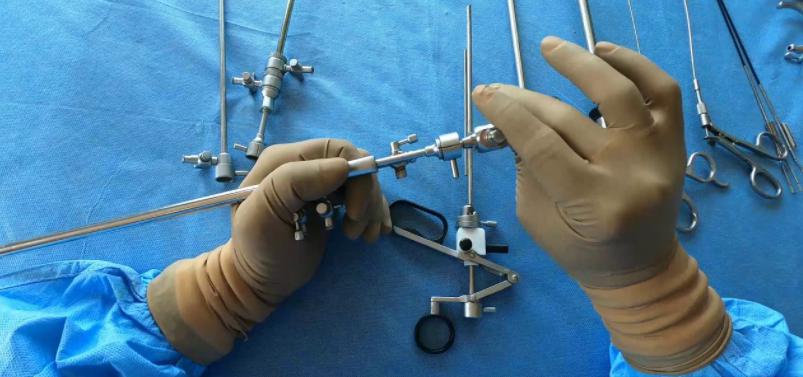- Home
- Laparoscopic Ovarian Cyst surgery
- Operative Hysteroscopy
Operative Hysteroscopy - Minimally Invasive Procedure
Hysteroscopy Surgery is one of the advance procedures and carried through the hands of veteran experts of Hysteroscopy Hospital. During this process, a doctor inserts a device (small-diameter) into female’s uterus, this tool has a small camera and a light on the end that let the doctor allow to see the inside view of female’s uterus. Hysteroscopy can be used for surgical or diagnostic purpose as well.
Hysteroscopy is a surgical procedure in which a telescope is inserted inside the uterus to examine the uterine lining for any pathology and serves as a method for surgical intervention (operative hysteroscopy).
Operative Hysteroscopy is a minimally invasive gynecological procedure in which an endoscopic optical lens is inserted through the cervix into the endometrial cavity to direct treatment of various types of intrauterine pathology. Historically, urologists used the resectoscope to perform a transurethral prostatectomy.

What are the Indications of Hysteroscopy?
» Sub mucous (internal) fibroids
» Scarring (adhesions)
» Endometrial polyps
» Uterine septa and other congenital malformations
» Abnormal gynecological bleeding
» Infertility
» Find and reposition a misplaced intrauterine device (IUD).
What are the Complication of Hysteroscopy?
» Patients often have cramping similar to that experienced during a menstrual period; and some vaginal staining for several days. Regular activities can be resumed within one or two days after surgery.
» Sexual intercourse should be avoided for a few days or for as long as bleeding occurs.
» Infection of the uterus or fallopian tubes can result.
» Injury to uterus or surrounding organs.
» Allergic reactions
» Bleeding
After getting a Hysteroscopy, If you experience any of the following, you should contact your doctor immediately:
» Heavy bleeding
» Severe pain in the lower abdomen
» Fever
» Chills
Why is a Hysteroscopy Carried Out?
The goal is to diagnose or treat problems of the uterus or womb. The two types of Hysteroscopy are diagnostic and operative.
A woman undergoing a diagnostic hysteroscopy may need a further operative hysteroscopy, depending on the findings.
Hysteroscopic surgery is used for diagnosis and treatment and is performed by a gynecologist under short general anesthesia. This procedure can be done to:

» Explore the cause of abnormal bleeding or severe cramping
» Discover reason for repeated miscarriages
» Look at the uterine openings to the fallopian tubes, for which a dye test can be performed to see for tubal blockage under a laparoscopic vision.
» Find and remove small polyps or fibroids
» Aid to pinpoint the location of abnormalities in the uterine lining for sampling and biopsy
Techniques used in Operative Hysteroscopy
» The electrode is only activated once it starts moving towards the cervix.
» The operator can coagulate, cut, and vaporize by adjusting the setting of the generator. It depends upon the kind of electrode chosen.
The myometrium is cut deeply, especially at the corner and in the cervix.
» Depending upon the energy used, the uterine distension medium used in the case of operative hysteroscopy differs. The distension medium used nowadays is N/saline, in the case of bipolar energy. In the case of monopolar energy, the distension medium used is an electrolyte-free medium.
» The balance of fluid is monitored thoroughly.

